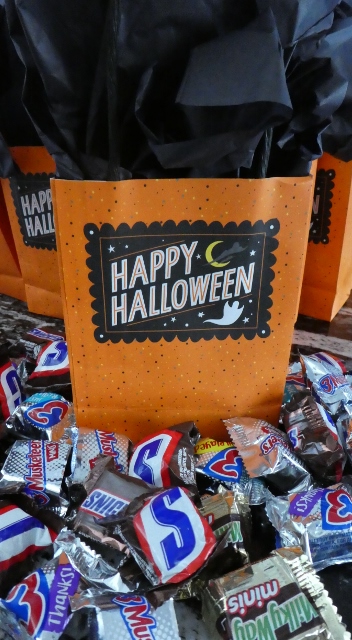Friday, October 30, 2020
Did you know? In 2007 Daylight Saving Time (DST) was changed to accommodate Halloween Trick or Treating!!! How did we miss that?!? The point of moving DST’s end from the last Sunday in October to the first Sunday in November was to have more daylight as a safety factor for the Trick or Treating kids on their candy run. No one foresaw the kids would prefer waiting until dark before setting out! So that turned out to be a bit of a bust; but none-the-less, we in the U.S. are now changing to DST on the 2nd Sunday in March and reverting to Standard Time on the first Sunday in November.

And it all began in Paris on April 16, 1784.
That is when Benjamin Franklin wrote a satirical article for the Journal de Paris. With his tongue firmly in cheek, America’s first foreign delegate suggested Parisians be awakened (with church bells blaring and cannons firing) at sunrise. Thus, saving energy (candle wax and lamp oil) by enjoying a full day of sunlight and then retiring earlier at night! It was a joke—no action was encouraged nor taken—but the idea was born!!!

So, who did invent the process of Daylight Saving? Well, that would be George Hudson!!! George Vernon Hudson (20 April 1867–5 April 1946) was the chief clerk of the Wellington, New Zealand Post Office. That was his day job. But his love (a passion developed in his childhood) was entomology. He had already published a paper in The Entomologist by the age of 14!!! Because the early hours of his Post Office job allowed for after-work research and collection of the insects he loved to study, Hudson came to value his after-hours daylight. He proposed, in a paper presented to the Wellington Philosophical Society in 1895, a two-hour daylight-saving shift. It may have taken 32 years, but eventually, his dream became reality with the passage of New Zealand’s Summer-Time Act 1927.

Ironically, William Willet championed the same cause in Great Britain and the British Summer-Time Act was established there first in 1916. (and it is worth noting that the Canadian city, Port Arthur in Ontario, was the first city in the world to enact DST on July 1, 1908.) The first nations to adopt DST were Germany and Austria-Hungary in April 1916 to conserve coal during WWI. Many other nations soon followed, as did Russia in 1917 and the United States in 1918.


Although many countries abandoned the idea after the war, Canada, the UK, France, Ireland, and the United States continued. Widely re-adopted during WWII and embraced globally during the energy crisis of the 1970s, Daylight Saving Time is now a fact of life albeit often changed, adjusted, repealed, and re-enacted. In 2020, over 70 countries are using DST. That affects over one billion people!!!

Global time is a fascinating subject and there is so much more to learn by digging down into Universal Time and Greenwich Mean Time. But we are ending this discourse with a simple overview of the controversy attached to Daylight Saving Time. Not everyone is a proponent. Besides the originally touted cost savings of fuel and energy, the further advantages of DST are: extra daylight in the evening for recreation; a beneficial effect on crime as the bright light of day acts as a deterrent; and fewer auto and pedestrian accidents. However, it has been shown that, over time, the loss of bright morning light messes with the biological clock and is associated with increased risk of heart attack, stroke, and sleep deprivation. But most disappointing: in this modern electronic age the actual energy savings are somewhat diminished (somewhere between minimal and non-existent.) Now that’s a bummer!!!
So, don’t forget to change the clocks on November 1st. Right after bagging all that yummy Trick or Treat candy during the long Halloween evening!!!


Then Go Eat the Candy!!!
Delightful post, as usual. I learn so much about wonderfully interesting topics form reading this blog. I am sure you have a lot of fun on the research and glad you do!
Have a Happy Halloween eating all that candy :).
Patricia
LikeLike
Thank you, Patricia!!! Hope you, too, had a great Halloween!!! Don’t forget to change the clocks!!!!
LikeLike
I see I need to come more to this blog to see more of this great posts 🙂
LikeLike
Thank you!!! And we too, have read and enjoyed your posts from Turkey. Such a beautiful country. Looking forward to more of your adventures!!!
LikeLike
Thanks so much!!! So happy you enjoyed 😊
LikeLike